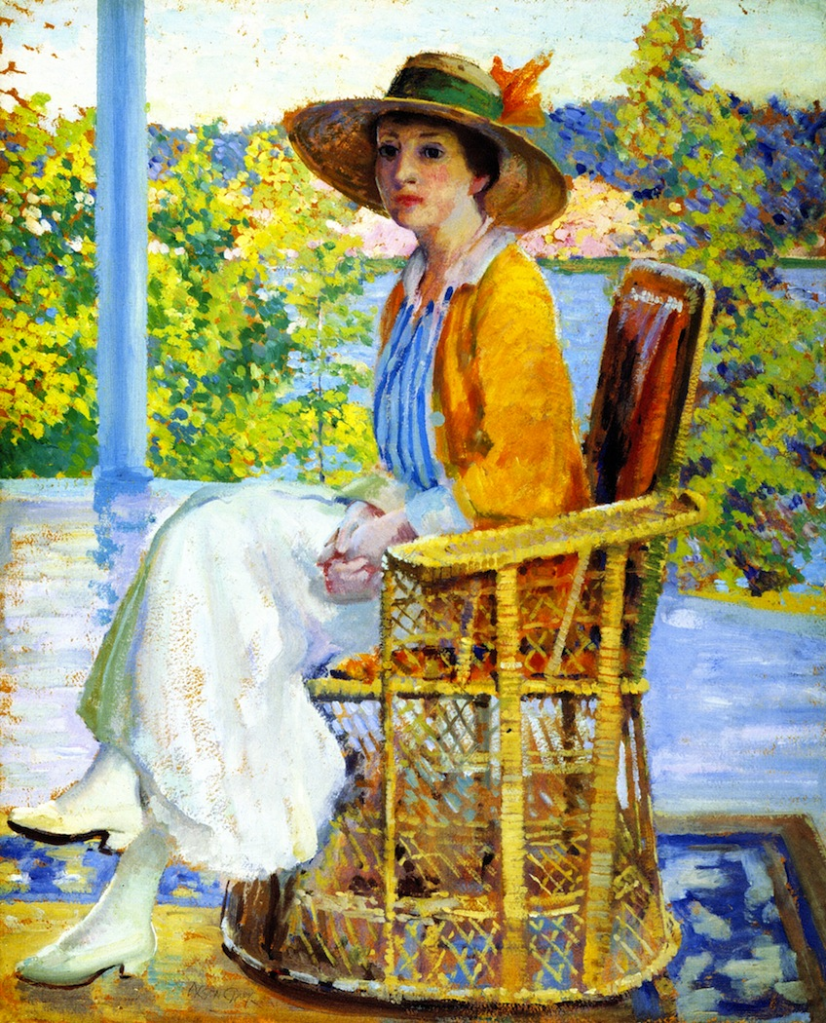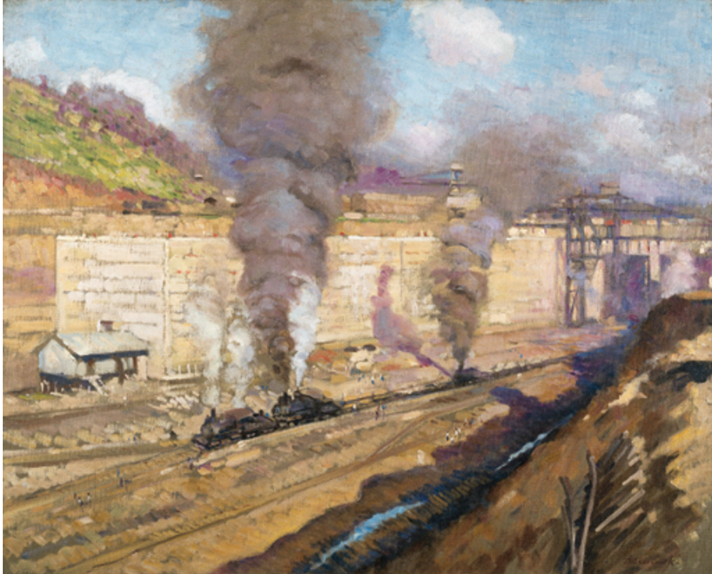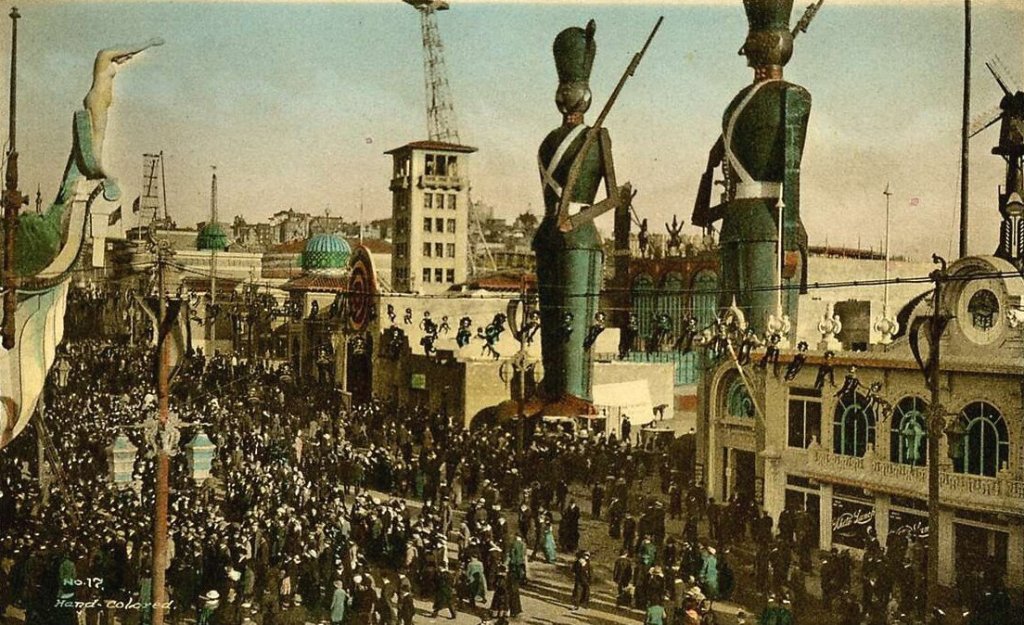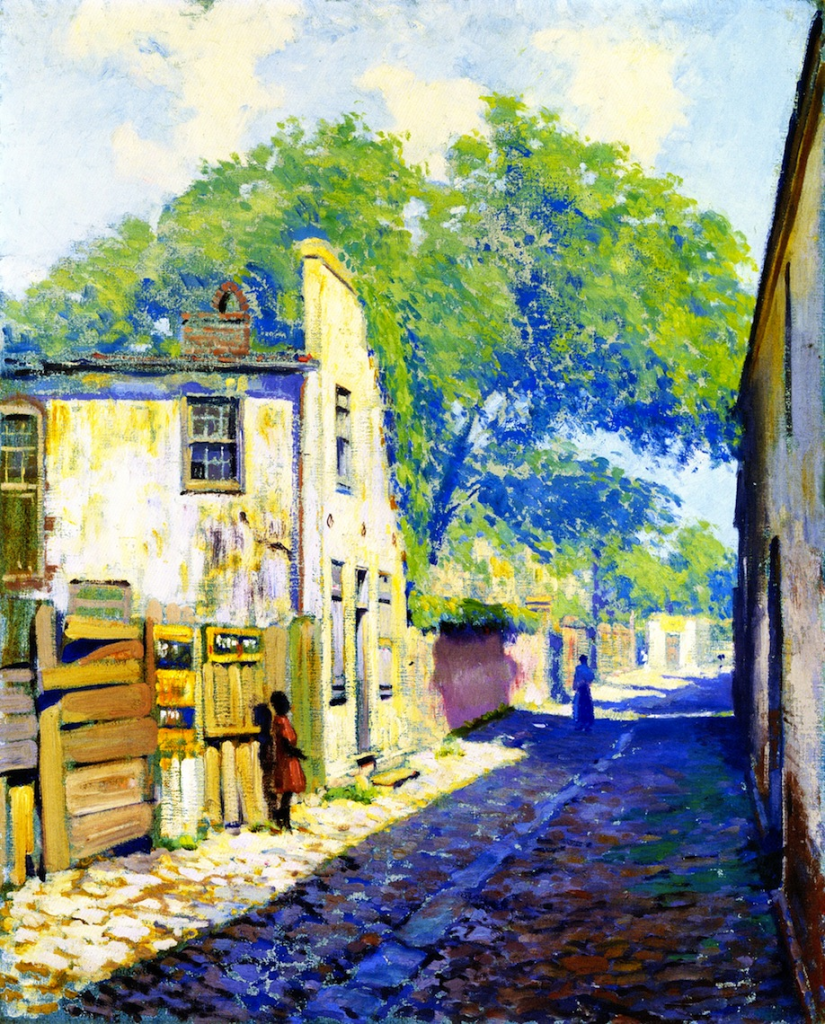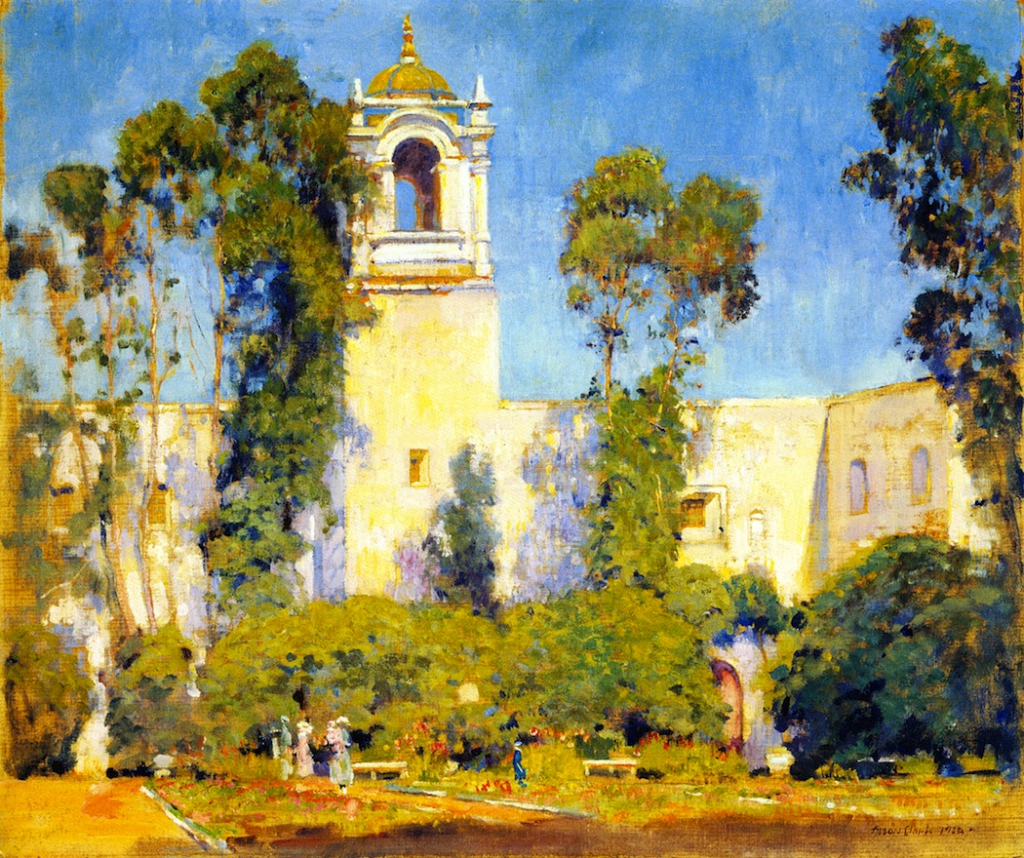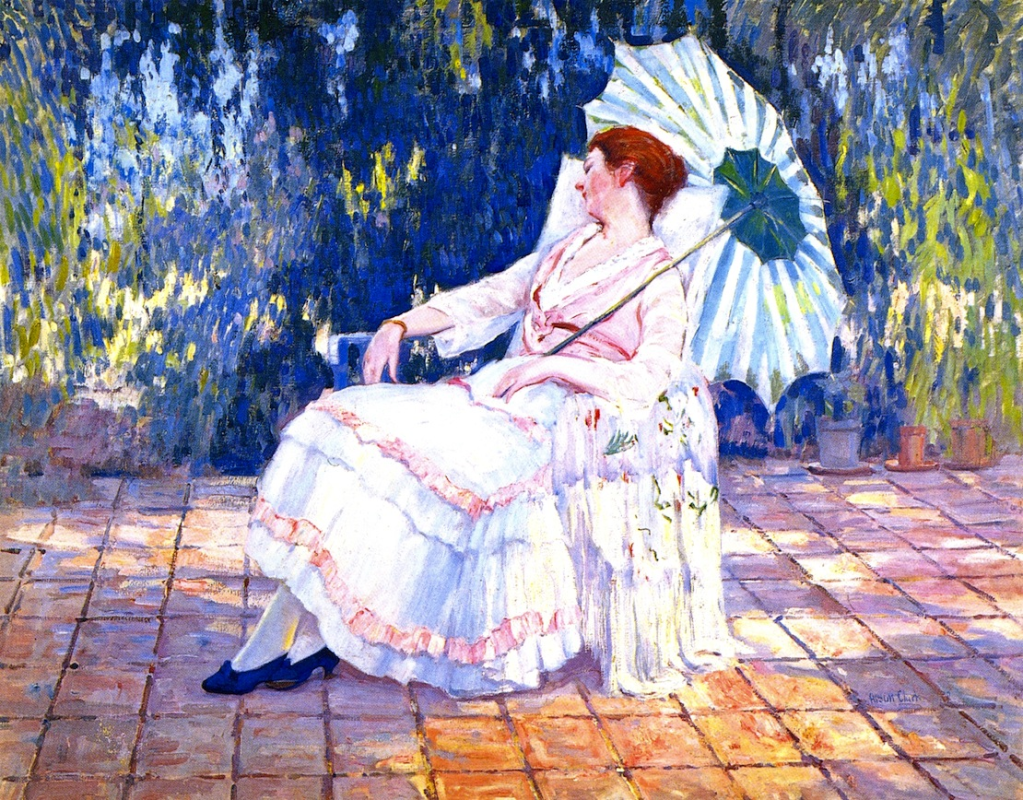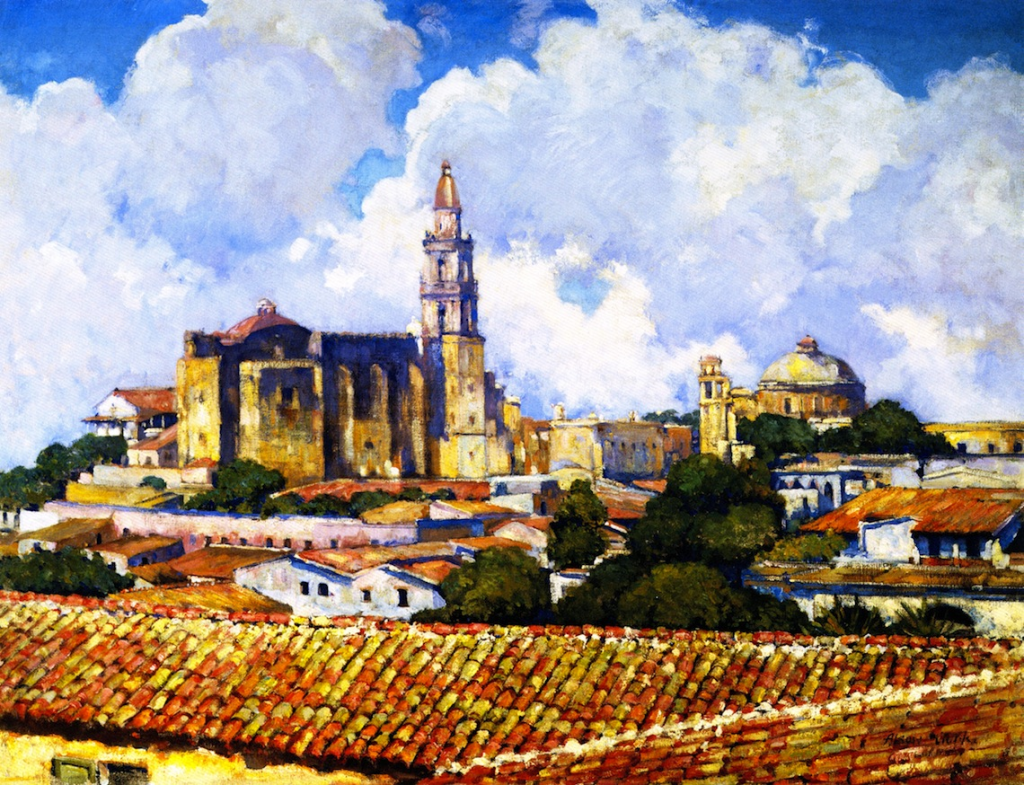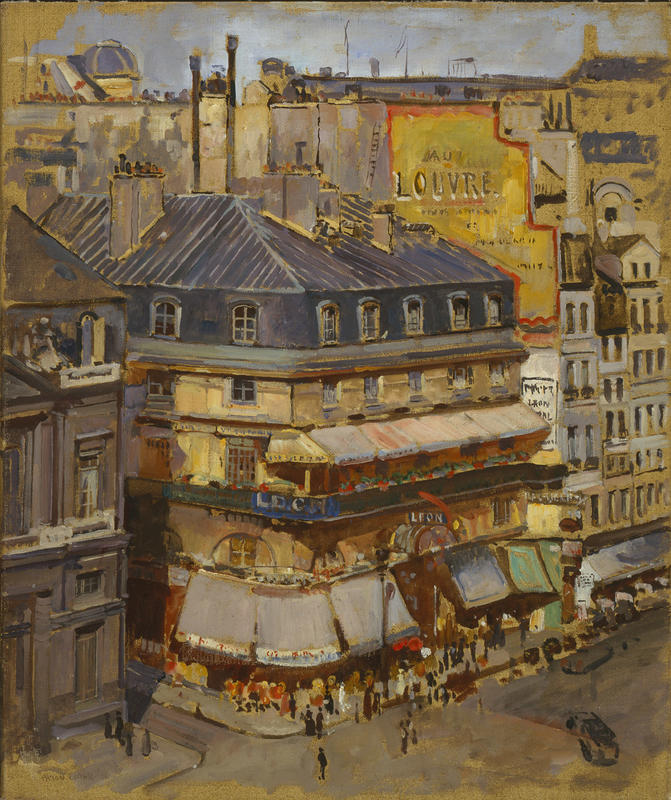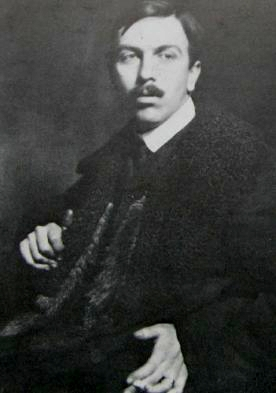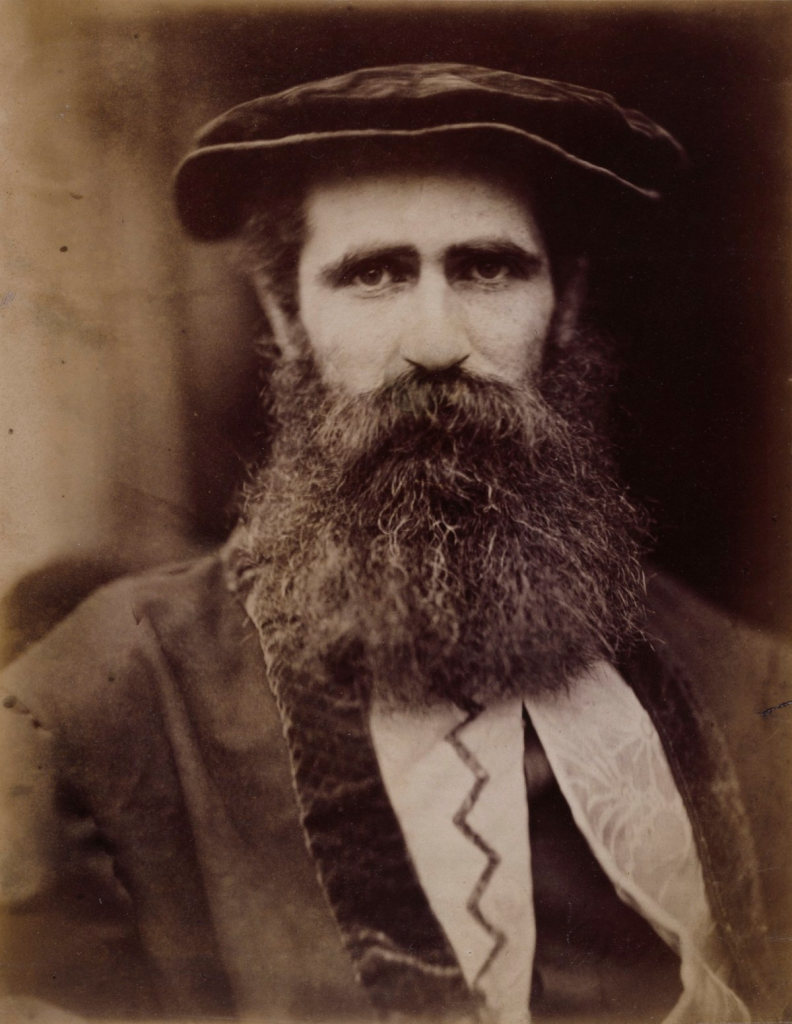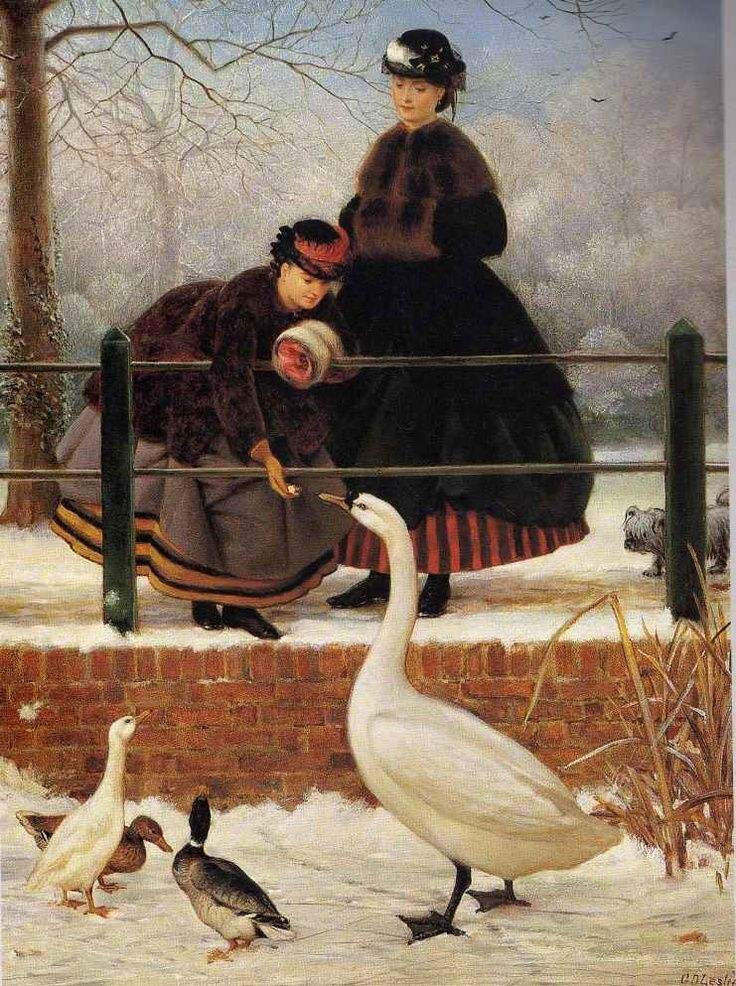Today I am delving into the life of the nineteenth century American painter Susan Waters. It is difficult to compartmentalise her artwork, some, however, have labelled her a folk portraitist. It is a mixture of portraiture which could be best described as quirky and animal paintings. Her art, especially her early portraiture, is certainly easily recognisable as you will see. I like its simplicity and although she will never be regarded as one of the American great artists, her depictions ooze a naiveté which is so endearing.
Susan Catherine Moore was born on May 18th 1823 in Binghamton, a small town in the Southern Tier of New York state on the border with Pennsylvania. She was one of two children, both daughters, of a cooper, Lark Moore, and his wife, Sally, who were Hicksite Quakers. As a young child Susan showed a talent for art.

Susan and her sister, Amelia, attended the fee-paying Boarding School for Females run by Quakers at the small Pennsylvania border town of Friendsville. The town had been founded in 1819 and the majority of early settlers were Quakers. At the age of fifteen, in order to afford to pay the fees for the school for her and her sister, Susan would paint copies for the Natural History course run by the school. Although the school had basic art education lessons, Susan is considered to be a self-taught painter.

On 27 June 1841, aged just eighteen, she married William C. Waters, a Friendsville Quaker and amateur artist, and he would encourage his young wife to develop her talent as a painter. She took up portraiture about 1843, when her husband became ill and was unable to support the family. She would travel around the outlying areas painting and selling portraits of the people and their children. One of Susan’s earliest recorded signed paintings is her 1843 work entitled The Downs Children of Cannonsville, New York. It depicts two children with a dog and a toy wagon in a landscape setting which includes a white house in the background. The boy on the left holds a riding crop.
In 1845, Susan completed a set of three paintings featuring the Kingman family. This signed and dated portrait of fifteen-year-old Helen M Kingman is one of the three works. The young girl is depicted seated in a stencilled chair, wearing a salmon pink dress, against a grey-walled backdrop. Note the potted plant on the windowsill, an accoutrement often seen in portraits of children.
Another in the series is a portrait of Lyman Kingman dressed in a black suit, holding sheets of paper. Behind him are shelves of books at right and drapery at upper left.

In the 1840s Susan specialized in portraits of children, and this 1845 painting, The Lincoln Children, is a depiction of three of the twelve children of Otis Lincoln, an innkeeper who was plying his trade in the small rural town of Binghamton in New York State. The three small girls are Laura Eugenie, aged nine, Sara, aged three, and Augusta, aged seven and they have been positioned in a pyramid. They are all wearing decorative dresses, adorned with eyelet and lace. One of the girls holds a peach, another a small branch in one hand and a pencil in the other while the third has a book open upon her knee. These trappings were added to the portrait to publicise the girls’ sweetness and their attentiveness whilst attending school. The fine-looking furnishings including an expensive floral-patterned carpet, the pretty plants on a stand in the right background, and the addition of the appealing puppy with its well-arranged stance coalesce and create a lovely image of domestic stability and cosiness and yet their intense expressions as they look out at us gives the painting a disconcerting openness.

The Waters’ life was complicated, flitting from one temporary home to another. They continued to reside in Friendsville for several years, but by May of 1852 they had moved to Bordentown, New Jersey. They built themselves a cottage in the Quaker community of Bordentown and although they did not settle there permanently at that time, they would return to their house in 1866.

The couple sold their Bordentown cottage and journeyed to Mount Pleasant, Iowa, in 1855, returned to Friendsville four years later, and in 1866 finally resettled in Bordentown buying back their former home on Mary Street and it was here that they spent the rest of their lives. This was a base from which she taught art and produced over fifty of her later works, many of which were painting of animals in their natural settings, especially her favourite animals, sheep, and pastoral scenes. She was also an early photographer and produced many ambrotypes and daguerreotypes, which were early forms of photography. This made a lot of practical sense, as commissioned portraits were giving way to the more exciting medium of photography.

Many of the animals depicted were kept in Susan’s own yard.

Whilst residing in Bordentown Susan Waters painted animal and still life pictures in a style which was more mature and academic than her earlier efforts at portraiture. There was a greater sophistication with her depictions.

Susan also produced a number of excellent still-life paintings

and sometimes a combined still-life and animal depiction as in her work entitled The Marauders.

The artwork she produced and sold whilst living in Bordentown earned her recognition in her own lifetime. It was not just from within her local community but from outside and in 1876, Waters was honoured with an invitation to exhibit some of her paintings at the Centennial Exhibition in Philadelphia. It was the first official World’s Fair to be held in the United States. She submitted two of her animal paintings.

Susan Waters also became active in State politics when she became a member of the New Jersey Woman Suffrage Association, which was founded in 1867. It was in this year that Lucy Stone delivered a speech on “Women Suffrage in New Jersey” before the state legislature. This would have been a thrilling time to be involved with the movement, and Susan was elected recording secretary for the Association in 1871. She was also an Animal Rights activist.

After exhibiting successfully at the Centennial International Exhibition in Philadelphia in 1876, Susan discovered that her work was much sought after and it remained so for the rest of her life. Her husband died in 1893 and from then on Susan dedicated herself to her art. In 1899 she had to sell her home and go to a nursing home in Trenton New Jersey. On July 10th 1900 Susan Catherine Moore Waters passed away at the age of seventy-seven. Three days later she was buried alongside her beloved husband, William in the beautiful Bordentown cemetery. Of her character, her obituary noted:
“…as beautiful as her paintings … her talent she could not bequeath…”
The folks of Bordentown will remember Susan Waters as a lady of refinement, modest and unassuming. She was a lady of extraordinary ability, not just as a painter but as a writer and a speaker in the Society of Friends.







